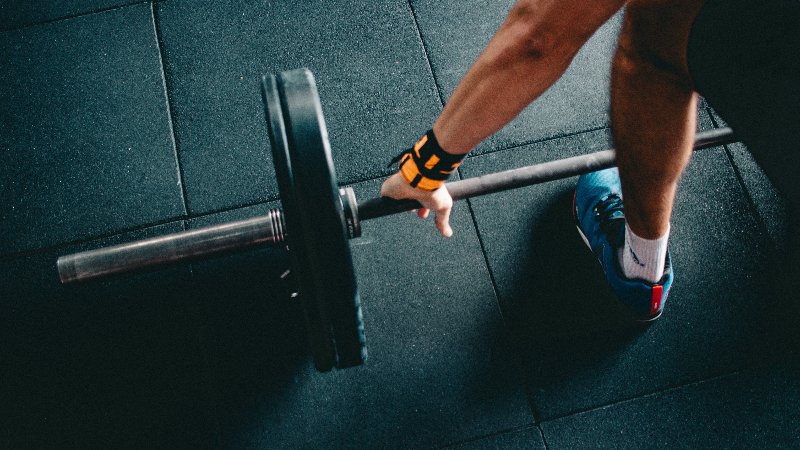Exercise equipment and machinery pose a greater risk of injury to users than many might believe. Whether you are familiar with using exercise equipment or are not a frequent user, understanding the risks of injury caused by these products is important for the safety of those around you.
Exercise Equipment Injury Statistics
According to a data analysis from law firm Piasta Newbern Walker LLC, exercise equipment was among the top 5 products causing injuries in 2021. An estimated total of 3,057,673 injuries were caused by products in the Sports and Recreational Equipment category. Within this category, exercise equipment accounted for 409,224 estimated injuries in 2021. The estimated number of exercise equipment-related injuries increased by about 8.3% from the year before.
From data collected by the National Safety Council, the number of injuries caused by exercise equipment were broken down by age group:
- Ages 0-4: 7,246 injuries
- Ages 5-14: 30,552 injuries
- Ages 15-24: 76,078 injuries
- Ages 25-64: 222,405 injuries
- Ages 65+: 72,943 injuries
Across all ages, males accounted for around 57% of the injuries caused by exercise equipment, while females accounted for 43% of injuries. In 2021, a total of 40,485 exercise equipment-related injuries resulted in deaths, while an estimated 368,739 injuries resulted in non-fatal outcomes.
Common Causes of Exercise Equipment Injuries
One of the leading causes of exercise equipment-related injuries is improper use. The misuse of exercise equipment and machinery can result in a range of mild to severe accidental injuries. Improper use can include using the equipment in a way that it was not intended to be used, using incorrect form, or using too much weight without proper supervision. Using exercise equipment without proper supervision, especially for beginners or those who have limited experience, can increase the risk of injury.
Another cause of exercise equipment injuries is product defects or malfunction. Manufacturing or design defects of exercise equipment can result in serious injuries if the product breaks while being used or fails to safely perform as expected. Any defects in exercise equipment or machinery can cause malfunctioning which can create safety risks for the user. Lack of maintenance of exercise equipment can contribute to wear and tear of exercise equipment, which also can result in injuries caused by equipment malfunction.
Types of Injuries Caused by Exercise Equipment
The types of exercise equipment-related injuries can vary depending on how the injury occurred. Injuries can range from mild muscle sprains to severe head injuries and more. Some of the most common types of injuries include:
- Strains and sprains: these injuries often occur when exercise equipment is used with improper form or technique, causing sudden or excessive stretching of the muscles or tendons
- Fractures: bone fractures can be caused by accidents on various heavy machinery such as weightlifting equipment, and can also be caused by falls or equipment malfunctions
- Bruises and contusions: bruises and contusions can occur when exercise equipment impacts the body, either by direct contact or from falling off of equipment
- Cuts and lacerations: exercise equipment which have sharp edges or faulty and broken equipment can cause cuts or lacerations when being used
Exercise equipment-related injuries can also be more severe such as back and neck injuries or head injuries. Improper use of exercise equipment can cause accidental back injuries from excessive strain on the muscles. Falls from defective exercise equipment, or if equipment breaks or collapses, can also cause serious back and head injuries which can require medical treatment for recovery.
Safety Tips to Prevent Exercise Equipment Injuries
The following safety tips are important to remember when using exercise equipment to prevent serious injuries or accidents from occurring.
- Always read the instructions and follow the guidelines for safe use of the equipment. Make sure you understand how to properly use the equipment before beginning your workout.
- Use exercise equipment properly, only for its intended purpose, and in the way it is designed to be used.
- Use proper form and technique when using exercise equipment. Incorrect form can create unnecessary strain on muscles and joints, increasing the risk of injury.
- Wear appropriate clothing and exercise shoes for proper support and mobility.
- Seek guidance from a qualified instructor or trainer to help you learn the proper techniques on exercise equipment and for experienced supervision.





No Comment